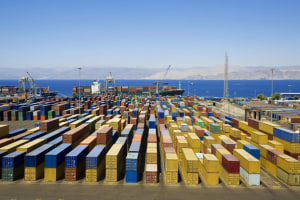A major change to the packaging of popular Australian confectionery brand Allen's is on its way, with a makeover seeing the reduction in plastic it uses equivalent of the weight of 4.6 million Snakes Alive lollies.
Brand owner Nestle says the change will reduce Allen’s use of plastic by 21 per cent across its range, cutting 58 tonnes of plastic from being used each year.
The new matte packaging is rolling out across the range of party pleasers, including Allen’s Snakes Alive, Allen’s Party Mix and Allen’s Killer Pythons.
Melanie Chen, Nestle’s head of marketing confectionery, said the iconic Australian lollies have had a number of packaging changes over the decades, but this one is the most important yet.
“Allen’s lollies are here to bring smiles to Australians, and we want to keep doing that while reducing our impact on the environment, with a focus on reducing the amount of plastic we have in our packaging,” Chen said.
“While Allen’s lolly bags will look and feel different, we believe Aussies will welcome this move towards using less plastic so they can enjoy their Allen’s lollies even more.
“Allen’s iconic red packaging is well recognised in stores, as well as at parties and celebrations at home. We’ve given our packs and beloved Allen’s characters a fun refresh as we’ve reduced our use of plastic.
“Our lollies remain unchanged as we know how important the familiarity and taste of Allen’s is to Australians.”
As part of the refresh, Allen’s is launching an updated design of its modernised characters.
The instantly recognisable front of pack characters have become synonymous with celebration big or small, and are sure to “continue to bring the party (mix) to the confectionery aisle with their new look”.






